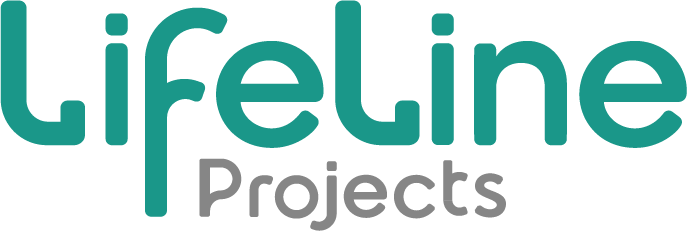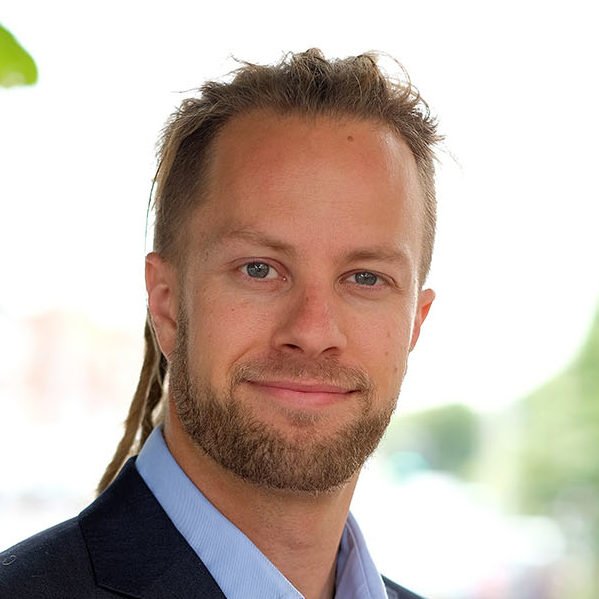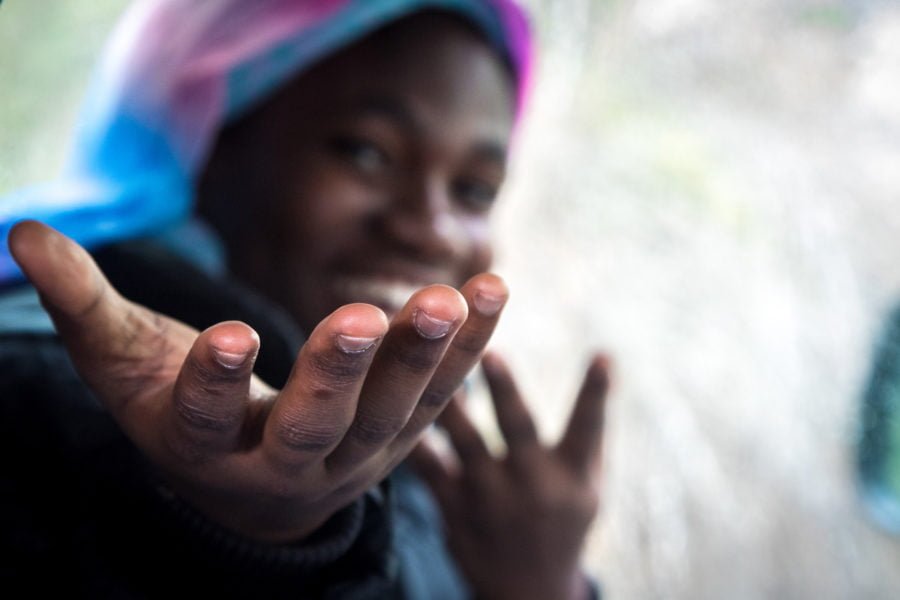Last month, I wrote about the weaknesses and strengths of different funding systems and how, despite some drawbacks, LifeLine has been able to work within those systems to positively impact our local community. Although I appealed to funders to partner with charities to fund and ring-fence funding for evaluations, I also stated that it’s necessary for charities to step up and more effectively demonstrate what their long-term impact is.
At LifeLine, we’ve learned that the one-size-fits-all measurement is not helpful for the people we serve. To fully understand how to better serve our complex and ever-changing community, we are constantly re-assessing and adapting our monitoring and evaluation systems. Our overall aim is to gain a genuine insight into the lives of the people we serve. With this vital information, we endeavour to further develop and improve the services we offer our community.
I’d like to share with you some observations and tips on what data I’ve found to be useful for managing and evaluating a delivery programme. I’ll try and explain how to gather and utilise this information and how it can help create new programmes that deliver long-term impact.
Implementation and start-up
Decide in advance what you’re going to measure and build data collection into delivery.
Agree your data schedule so your team knows when the data will be collected.
Establish a baseline measurement as soon as you can; you can use this to demonstrate improvement later.
Set up reviews throughout the programme to ensure data is being collected consistently by all staff.
Make sure you’re collecting the right data for the measurements you’re planning to make.
Assign capacity to ensure someone has the time to audit and sense-check the data.
Use case studies to bring the data to life; highlight for stakeholders the difference the programme is making to an individual.
Make sure all programme activities and training sessions are assessed straight after, either through in-activity evaluations, feedback forms, staff session reviews, or informal verbal feedback.
It’s just as important to record negative outcomes. If the people you’re trying to help stop engaging with you, call them up to find out if appropriate support was offered to them. They might let you in on a service you’re not providing.
Targets and monitoring
Make the targets transparent and ensure all programme staff understand fully what targets the funder has set.
Agree with each individual team member what their targets are.
Ensure programme staff have milestones to be achieved over the lifetime of the programme.
Confirm that the team understand that milestones are monitored and analysed monthly.
Make sure that the programme staff understand the risk and impact of not achieving the targets.
Set targets for your activities and ensure all staff report numbers against these targets. You can use this to identify if there is an issue with targets or an issue with delivery.
Ensure you have an effective monitoring database to record all the necessary qualitative and quantitative data.
Test the system out with your programme staff and managers.
Generate a monthly data dashboard with which to monitor performance.
Get programme staff to review the effectiveness of the monitoring system quarterly.
Long-term learning
Survey the people you’ve helped, six months after they’ve completed the programme
Analyse your case studies to see what lasting changes you’ve made
Read impact reports from other organisations running similar programmes
Reach out and form a peer-support network of organisations
Remember, none of the above is set in stone and it doesn’t always apply to all programmes. Programmes can—should—be as diverse as the people they help. There is no right and wrong way, but my advice is to listen to what your community is telling you they need and require. If you listen, you’ll most likely succeed.
Of course, the real measure of a successful programme isn’t just about numbers—it’s the difference you make to a neighbourhood or someone’s life by leaving them a legacy.
For too long, the voluntary sector has asked for support but hasn’t given funders good reason to donate. It’s incumbent upon us to demonstrate the impact of our work and understand how we can quantify the impact we are having.



